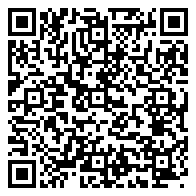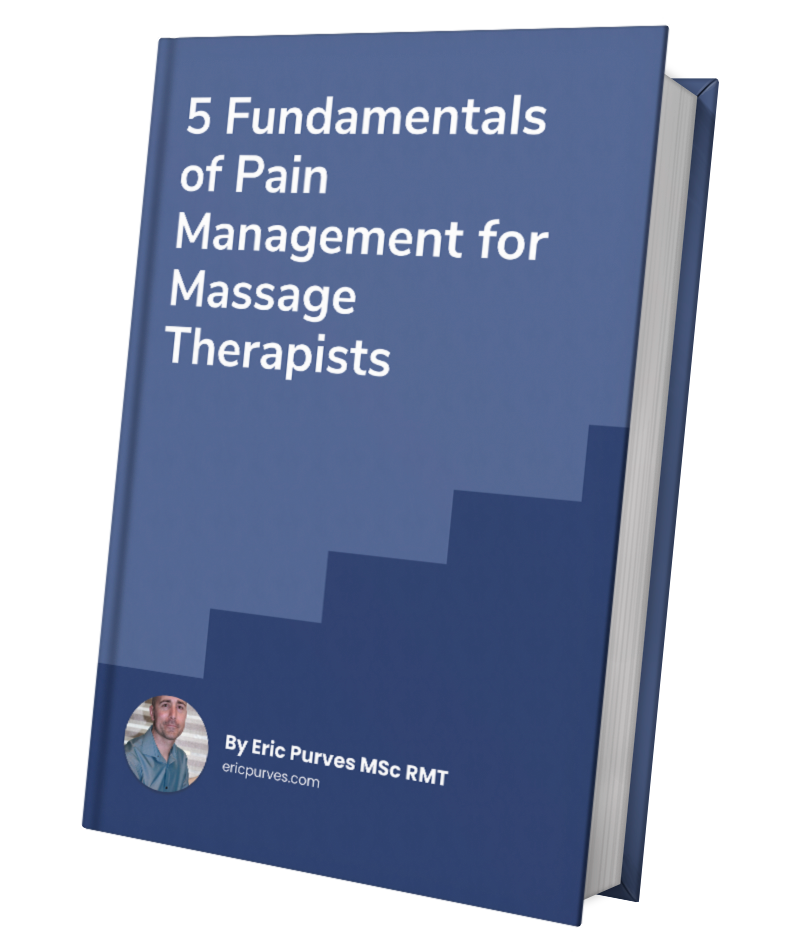
Clinical Applications of Pain Science: Manual Therapy, Exercise and Rehabilitation Principles for RMT’s (Kelowna)
This course can be taken in person or via Zoom. Zoom participants can save $50 using the coupon code “zoom” during checkout.
Approved for 14 PE credits by the CMTBC.
Course Description
This 2-day course will focus on how to use an evidence-based framework to inform manual therapy practice. An understanding of current pain science and biopsychosocial principles will be introduced which will help participants reconceptualize pain and benefit their clinical decision making. Participants will learn how to adapt their current practice and be more comfortable in their communication and application of manual therapy techniques, movement and therapeutic exercise. There is a strong emphasis on the use of movement and therapeutic exercises to enhance self management and rehab outcomes
This course provides the opportunity to learn how modifications of manual therapy practices can improve patient outcomes. It aims to decrease practitioner stress and increase confidence when working with routine and complex patients.
We will challenge many misconceptions about pain, manual therapy, movement and exercise as we learn the basics of utilizing a biopsychosocial framework in the manual therapy setting.
Course Delivery
Lecture, discussion, observation, practical exercises with case studies in partners and small groups will be used to emphasize key learning objectives.
Learning Objectives
- Understanding of current evidence-based frameworks on persistent pain to enhance practice, improve outcomes, and decrease practitioner stress
- The distinctions between tissue health, biomechanics and their role in pain and exercise.
- Applications of existing manual therapy and movement skills can be effectively modified to improve patient outcomes
- Increase utilization of exercise prescription for self-management and to improve participants abilities to teach self-management to their clients.
- Practicing key principles in forming a therapeutic relationship through client interaction and contextual effects
Refund policy: Cancellations within 30 days of course will not be eligible for a full refund, but the credit may be applied to another course date and location. All refunds will be subject to a $75 admin fee.
Receipts are sent automatically as soon as registration is confirmed. Please check your junk or spam folders if it is not found in your inbox.
About the instructors
Eric Purves MRSc, RMT has been an RMT since 2006. He has a full-time practice and co-owns Achieve Health, a multidisciplinary clinic in Victoria, BC. He was a co-chair for the Registered Massage Therapists Association of BC (RMTBC) advanced practice group in pain management. The groups objective is to provide education and resources for evidence-based treatments and effective pain management strategies for manual and movement therapists. In 2016, Eric joined the education faculty at PainBC where he teaches a course on persistent pain management. He also has his own education company where he regularly teaches across North America workshops on pain, manual therapy, movement/exercise therapies and rehabilitation principles for health care providers.
His graduate studies at the University of British Columbia focused on the application of research evidence in healthcare practice. Eric’s presented his research at conferences and has had articles published throughout the world in various massage therapy journals.
James Johnston, RMT is a Registered Massage Therapist, former massage college instructor, first responder/first aid instructor and firefighter in Victoria BC. Jamie graduated from the West Coast College of Massage Therapy in 2010 and has been working as a RMT since with a focus toward sports and sport injuries. As a massage therapy student Jamie began volunteering with the Victoria Grizzlies Junior A hockey club and spent the following seven years with them as an RMT and first responder. He has worked with the national men’s 7’s Rugby team, and with Hockey Canada in the women’s development program.
Before going back to school for Massage Therapy Jamie worked as an industrial first aid attendant for six years and began volunteering with the fire department in 2002. In 2010 he became certified as a first aid instructor and later as a first responder instructor. Jamie has taught RMT students and RMT colleague’s first aid and how to handle medical emergencies within their practice and considers it to be one of the best parts of his career.
As a continuing education instructor, Jamie teaches other Massage Therapists how to incorporate therapeutic movement and pain science into their treatments.



